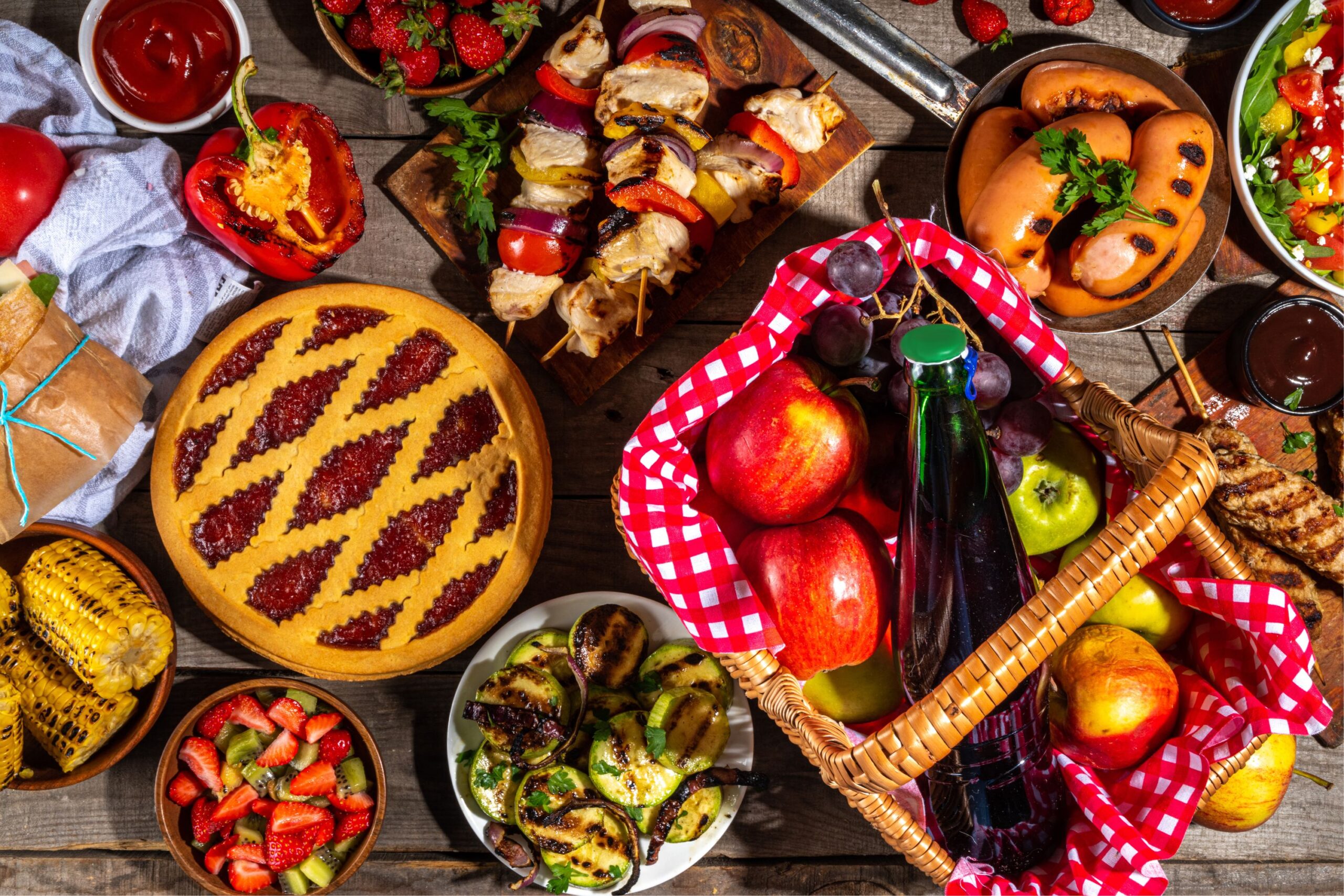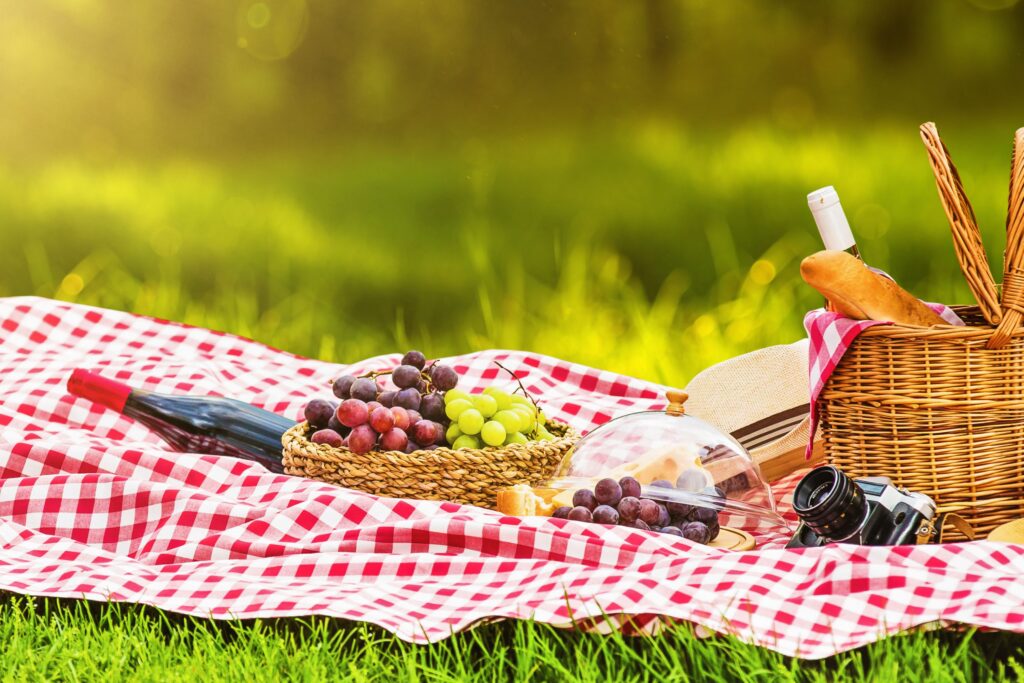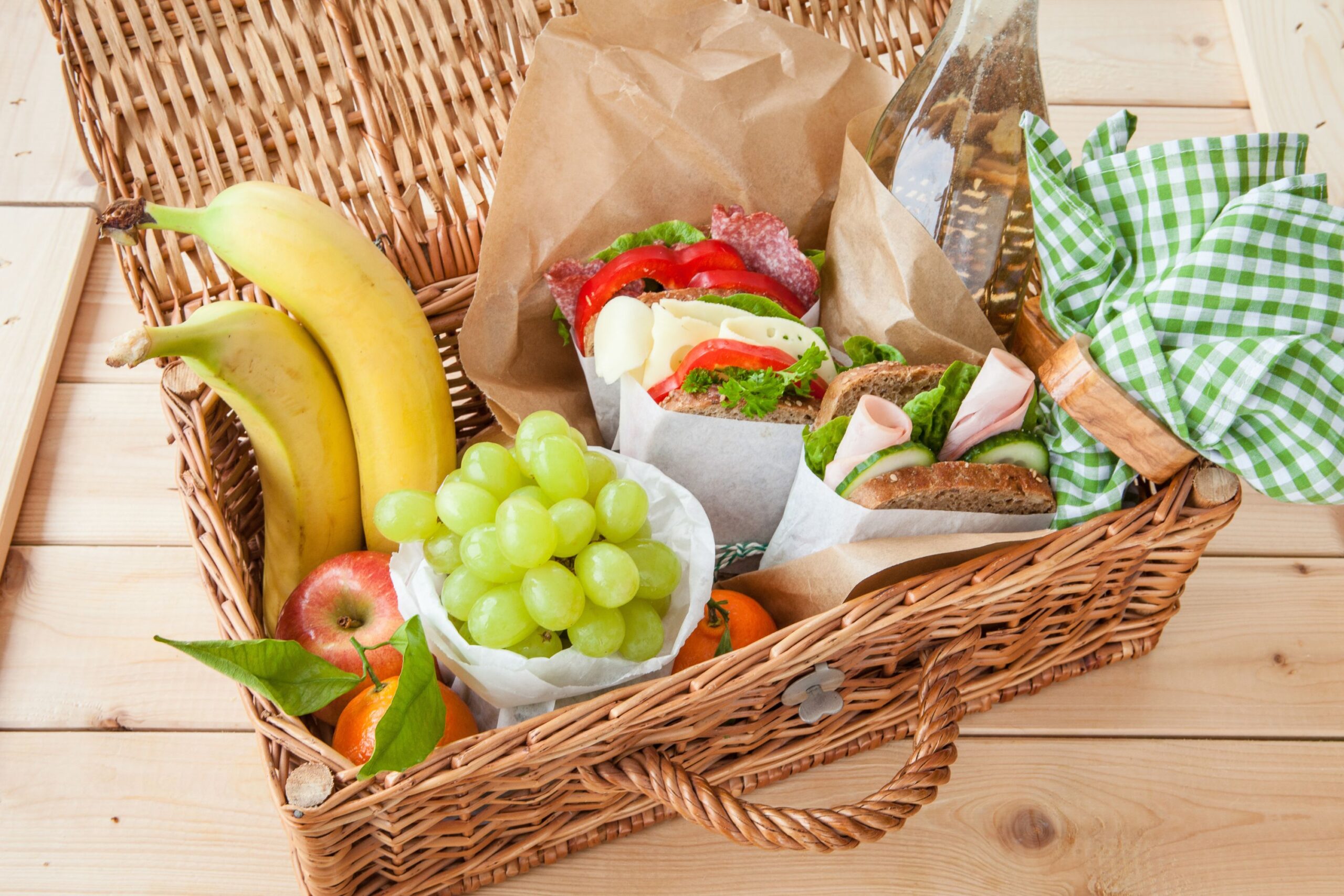
How to Keep Food Warm for a Picnic?
Picnics are all about good food, great company, and enjoying nature. But let’s be honest- keeping food warm from the kitchen to the picnic blanket isn’t always easy. No one wants to dig into a lukewarm meal meant to be piping hot. The good news? There are plenty of ways to keep your food warm and delicious so you can enjoy every bite the way it’s meant to be eaten.
Safe Food Temperatures: What You Need to Know
Before figuring out how to keep food warm, it’s essential to keep it safe. If hot dishes drop below a certain temperature, bacteria can multiply quickly.
The USDA recommends keeping hot foods at 140°F (60°C) or above.
Cold foods should stay at 40°F (4°C) or lower.
If food sits at room temperature for over two hours – or one hour if it’s over 90°F (32°C) outside – it’s safer to toss it than risk foodborne illness.
A food thermometer is the best way to check if everything is at the right temperature.
How to Keep Your Food Warm for a Picnic
Bringing hot food to an outdoor setting requires a little planning. Here’s what you can do to keep your meals warm and appetizing:
1. Use Insulated Carriers
A good insulated carrier does wonders for temperature control. These containers trap heat, keeping your picnic food warm for hours. If you bring something like grilled meats, pasta, or casseroles, an insulated bag or container will make all the difference.
2. Wrap with Aluminum Foil
Aluminum foil is a simple but effective tool. Wrapping food tightly helps trap heat and prevent it from escaping. For an even better result, combine foil with an insulated container to create a double layer of warmth.
3. Try a Thermal Cooker
A thermal cooker is a fantastic option for bringing soups, stews, or rice dishes. It works like a slow cooker but without electricity – once the food reaches the right temperature, the insulated chamber keeps it warm for hours without additional heating.
4. Bring Hot Water Bottles
This trick works surprisingly well. Fill a couple of bottles with boiling water, wrap them in towels, and place them in your picnic basket. The heat will radiate and keep surrounding dishes warm. Just make sure the bottles are tightly sealed to prevent spills.
5. Use Heated Bricks or Stones
If you have time to prep, warm some bricks or large stones in the oven, wrap them in a thick towel, and place them at the bottom of your cooler. They hold heat for a long time and help keep your food warm until you’re ready to eat.
6. Insulate with Wool or Fleece Blankets
Thick blankets work wonders when it comes to insulation. Wrapping your food containers in wool or fleece helps trap the heat, so your food stays warm until it’s time to serve.
7. Pack Portable Heating Pads
Reusable heating pads – like the ones you use for sore muscles – can be placed inside your picnic basket to provide extra warmth. Some heat up in the microwave, while others use a chemical reaction to generate heat on demand.
8. Preheat Your Containers
Pouring boiling water into your containers before adding hot food can make a big difference. It prevents a sudden temperature drop and keeps food warmer for longer.
9. Use Thermal Lids
Not all lids are created equal. Thermal lids are designed to trap heat more effectively than regular plastic or glass lids, making them a great choice for keeping food warm.
10. Bring a Slow Cooker with a Car Adapter
If your picnic spot is close to your car, plug in a slow cooker using a car adapter. This is an easy way to keep soups, dips, or pulled pork warm until it’s time to eat.
11. Use an Insulated Casserole Carrier
If you bring baked dishes, an insulated casserole carrier will help keep them warm for hours. These carriers have a tight seal and thick insulation, making them perfect for transporting food.
12. Stack & Pack Strategically
When packing your picnic basket or cooler, place hot dishes close together. The less space, the better. Fill gaps with towels or extra insulation to prevent heat from escaping.

Pre-Picnic Prep for Warm Food
A little planning goes a long way. Before heading out, keep these tips in mind:
- Preheat containers before adding hot food.
- Cook food to the right temperature before packing it up.
- Separate hot and cold items to prevent temperature loss.
Keeping food hot for a picnic isn’t complicated – it just takes a little preparation. When you choose the right containers, use proper insulation, and pack smartly, your meals will stay warm and just as delicious as they were when you made them.
Find a cozy spot, spread out your blanket, and enjoy every bite while it’s still perfectly warm!
FAQs
How long will food stay hot in an insulated carrier?
Depending on the quality of the carrier, food can stay hot for 2-4 hours. You can extend that time if you use additional heat sources like hot water bottles or thermal wraps.
Can I reheat food at the picnic site?
Absolutely! If you have a portable camping stove, you can reheat food safely. Just be mindful of open flame regulations at your picnic spot.
What picnic foods stay warm the longest?
Dishes like pulled pork, baked beans, pasta, and mac and cheese hold heat well. They also tend to taste just as good after sitting for a while.
Is it safe to leave food in the car while enjoying other activities?
Not really. If it’s a warm day, the inside of a car can reach dangerous temperatures quickly, which creates the perfect environment for bacteria. If you need to leave food in the car, use a well-insulated cooler with plenty of ice packs.
Will insulated containers affect the taste of my food?
Not if they’re clean. Regularly washing insulated containers prevents food from picking up odors or flavors from previous meals.
How do I know if my food is at a safe temperature?
A food thermometer is the best way to check. Hot foods should be at least 140°F (60°C), and cold foods should be below 40°F (4°C). Checking temperatures regularly is a good habit to ensure food safety.
What should I do with picnic leftovers?
If the food has been out for less than two hours (or one hour if it’s above 90°F), you can refrigerate it as soon as you get home. If it’s been sitting out longer, it’s better to throw it away to avoid foodborne illness.


